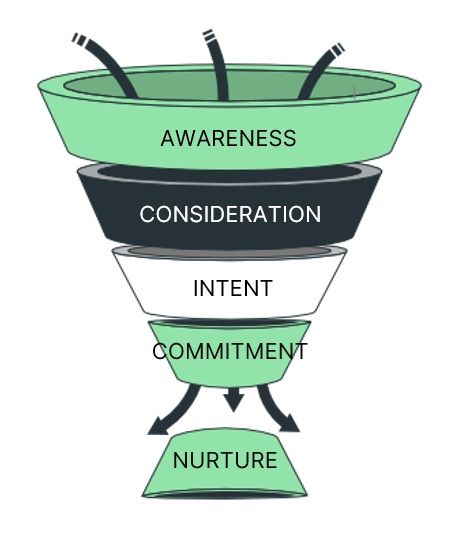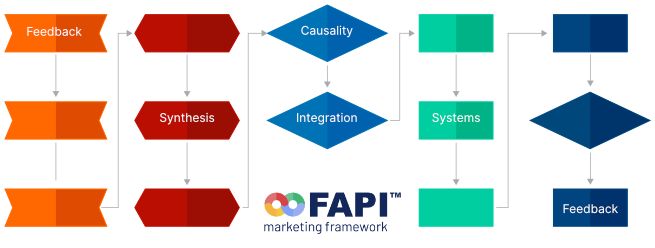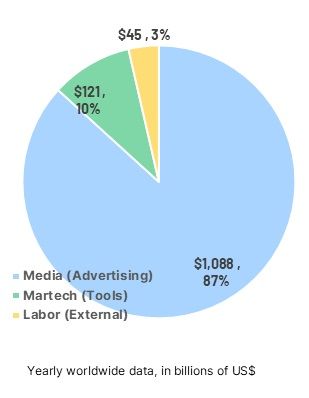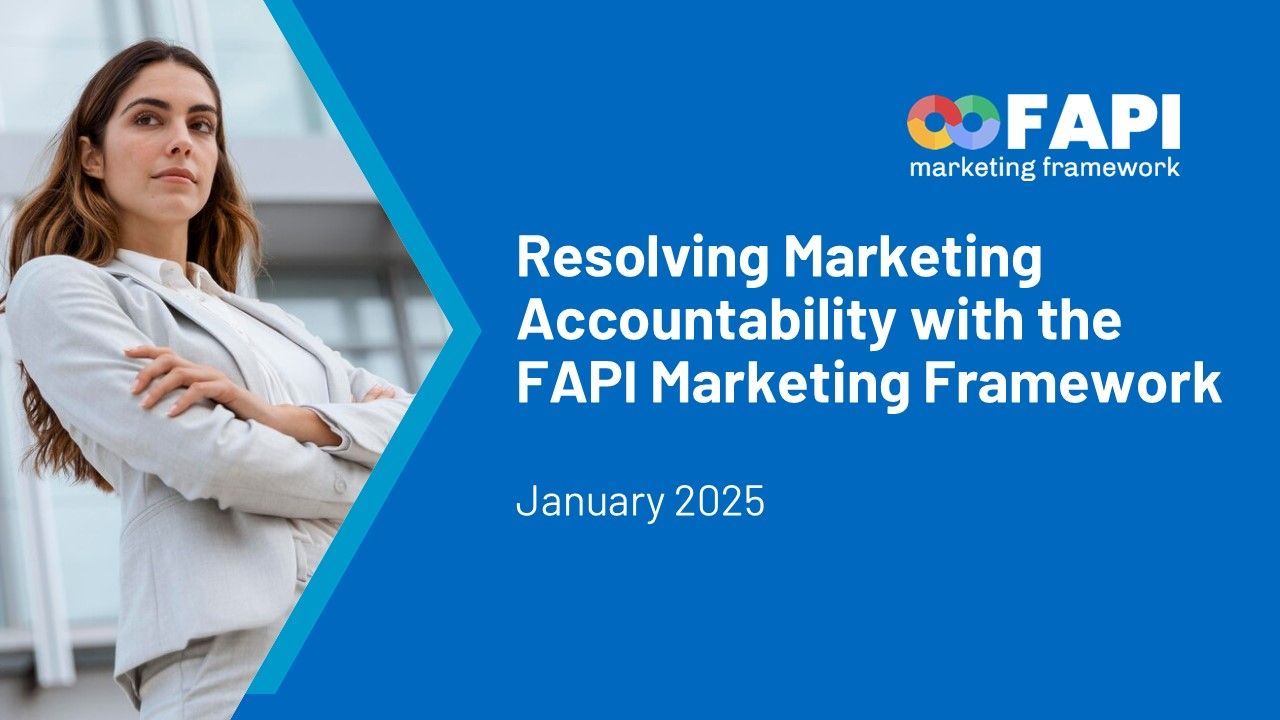Why more than half of marketers want to quit their job and how businesses can support their marketing departments
Widely published data shows that marketing experiences some of the highest turnover rates compared to other professional roles. As reported by Marketing Week, over fifty per cent of marketing professionals are contemplating moving jobs. The high turnover trend is consistent across all levels of seniority, affecting everyone from senior marketers and chief marketing officers to entry-level team members.
High turnover rates among marketing professionals in most business environments can be attributed to diverse factors. There is no single, direct cause for the high churn. However, if we consider churn as the result of unmet expectations from both businesses and employees and marketing has one of the highest project fail rates in most companies, we can begin to identify fundamental issues that marketing departments have in common across different industries and sectors.
The misperception of the lone marketing expert and how businesses can support marketing success
Businesses can take steps to reduce staff turnover in marketing by focusing on two key areas. Firstly, they can provide clear direction and well-defined expectations to the marketing team. Secondly, they should ensure transparency regarding resources and accountability to empower success.
Businesses can take steps to reduce staff turnover in marketing by focusing on two key areas. Firstly, they can provide clear direction and well-defined expectations to the marketing team. Secondly, they should ensure transparency regarding resources and accountability to empower success.
When providing clarity in expectations, it is essential to have a shared understanding of the marketing department's role in the organization and align strategic objectives with marketing's contribution. This involves determining the marketing team's required input based on the organization's strategic goals and subsequently establishing performance metrics that are appropriate for the roles, differentiating between management-level goals and production-level KPIs.
On the other hand, the issue of resources in marketing is an organization-wide discussion. The success of marketing depends on the active involvement of the entire organization in both the marketing planning and production stages. All stakeholders, from senior management to functional leads and production executives, play crucial roles in ensuring successful outcomes. The Senior Management team provides strategic marketing direction; Functional Leads contribute role-specific resources and knowledge, while Production Executives are accountable for execution. Without proper coordination, transparency on roles and accountability, as well as the combined efforts of the entire organization, achieving success in marketing becomes very hard to reach, and employee dissatisfaction can creep in.
Ensuring marketing alignment and mission clarity among a diverse group of stakeholders
Maintaining alignment and focus among a diverse group of stakeholders hinges on organizational planning. Astonishingly, over seventy percent of businesses operate without a clearly defined marketing organizational plan.
Marketing organizational planning entails the detailed allocation of resources, a well-defined set of success metrics, and the facilitation of efficiency through the optimization of systems and workflows. It aims to enhance marketing performance, ultimately leading to improved delivery and productivity.
Marketing is a result-oriented discipline with a high degree of exposure and accountability in any organization, and, ultimately, achieving success and meeting targets is the surest way to achieve staff satisfaction and retention, so setting the ground for performance through robust marketing organizational planning is critical to reducing churn. The famous football manager Jose Mourinho, in his usual colourful style, once said, 'when you lose, people leave' and the truism certainly applies to marketing teams.
Assigning the proper focus on marketing organizational planning, which involves defining objectives, responsibilities, and resource allocation, is crucial not only for achieving marketing success but also for reducing high staff turnover and enhancing overall job satisfaction, including among non-marketing personnel.
Learn more about marketing organizational planning with the FAPI Marketing Framework™ at https://www.chasefive.com/fapi-framework or reach out for a chat.






2025 Chasefive Management and FAPI Marketing Framework™© Copyrighted material permission should be obtained prior to any reproduction. All other registered trademarks herein are the property of their respective owners.

